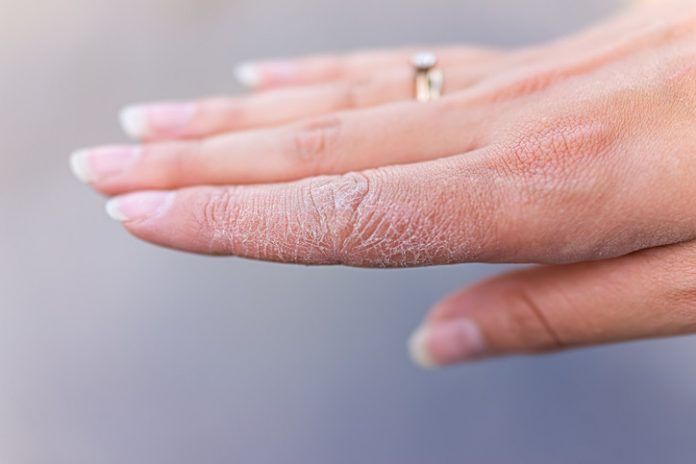Simple and inexpensive ways to moisturize itchy, dry skin
Dry skin occurs when skin doesn’t retain sufficient moisture. This can happen as a result of frequent bathing, use of harsh soaps, aging, or certain medical conditions. And for those in colder climates, it can stem from cold, dry winter air.
During winter months in the Northern Hemisphere, you may suffer from red, rough, raw, and itchy skin. This is because cold winter air means low humidity, both outdoors and indoors. The water content of the epidermis (the outermost layer of skin) tends to reflect the level of humidity around it. Fortunately, there are many simple and inexpensive things you can do to relieve winter dry skin, also known as winter itch or winter xerosis.
Even if you live in a part of the world where cold winter air is not currently — or ever — a concern, most people will need to manage dry skin at some point. These tips for keeping skin soft and healthy can help all who battle dry skin, from chilly New England to balmy Hawaii and beyond.
Keeping moisture in the skin
Skin moisturizers, which rehydrate the top layer of skin cells and seal in the moisture, are the first step in combating dry skin. They contain three main types of ingredients. Humectants, which help attract moisture, include ceramides (pronounced ser-A-mids), glycerin, sorbitol, hyaluronic acid, and lecithin. Another set of ingredients — for example, petrolatum (petroleum jelly), silicone, lanolin, and mineral oil — helps seal that moisture within the skin. Emollients, such as linoleic, linolenic, and lauric acids, smooth skin by filling in the spaces between skin cells.
Protect yourself from the damage of chronic inflammation.
Science has proven that chronic, low-grade inflammation can turn into a silent killer that contributes to cardiovascular disease, cancer, type 2 diabetes and other conditions. Get simple tips to fight inflammation and stay healthy — from Harvard Medical School experts.
In general, the thicker and greasier a moisturizer, the more effective it will be. Some of the most effective (and least expensive) are petroleum jelly and moisturizing oils (such as mineral oil). Because they contain no water, they’re best used while the skin is still damp from bathing, to seal in the moisture. Other moisturizers contain water as well as oil, in varying proportions. These are less greasy and may be more cosmetically appealing than petroleum jelly or oils.
What can you do about dry skin?
Here are some ways to combat dry skin that are effective if practiced consistently:
Use a humidifier in the winter. Set it to around 60%, a level that should be sufficient to replenish the top layer of the skin.
Limit yourself to one 5- to 10-minute bath or shower daily. If you bathe more than that, you may strip away much of the skin’s oily layer and cause it to lose moisture. Use lukewarm rather than hot water, which can wash away natural oils.
Minimize your use of soaps; if necessary, choose moisturizing preparations such as Dove, Olay, and Basis, or consider soap-free cleansers like Cetaphil, Oilatum-AD, and Aquanil. Steer clear of deodorant soaps, perfumed soaps, and alcohol products, which can strip away natural oils.
To avoid damaging the skin, stay away from bath sponges, scrub brushes, and washcloths. If you don’t want to give them up altogether, be sure to use a light touch. For the same reason, pat or blot (don’t rub) the skin when toweling dry.
Apply moisturizer immediately after bathing or washing your hands. This helps plug the spaces between your skin cells and seal in moisture while your skin is still damp.
To reduce the greasy feel of petroleum jelly and thick creams, rub a small amount into your hands and then rub it over the affected areas until neither your hands nor the affected areas feel greasy.
Never, ever scratch. Most of the time, a moisturizer can control the itch. You can also use a cold pack or compress to relieve itchy spots.
Use fragrance-free laundry detergents and avoid fabric softeners.
Avoid wearing wool and other fabrics that can irritate the skin.





























